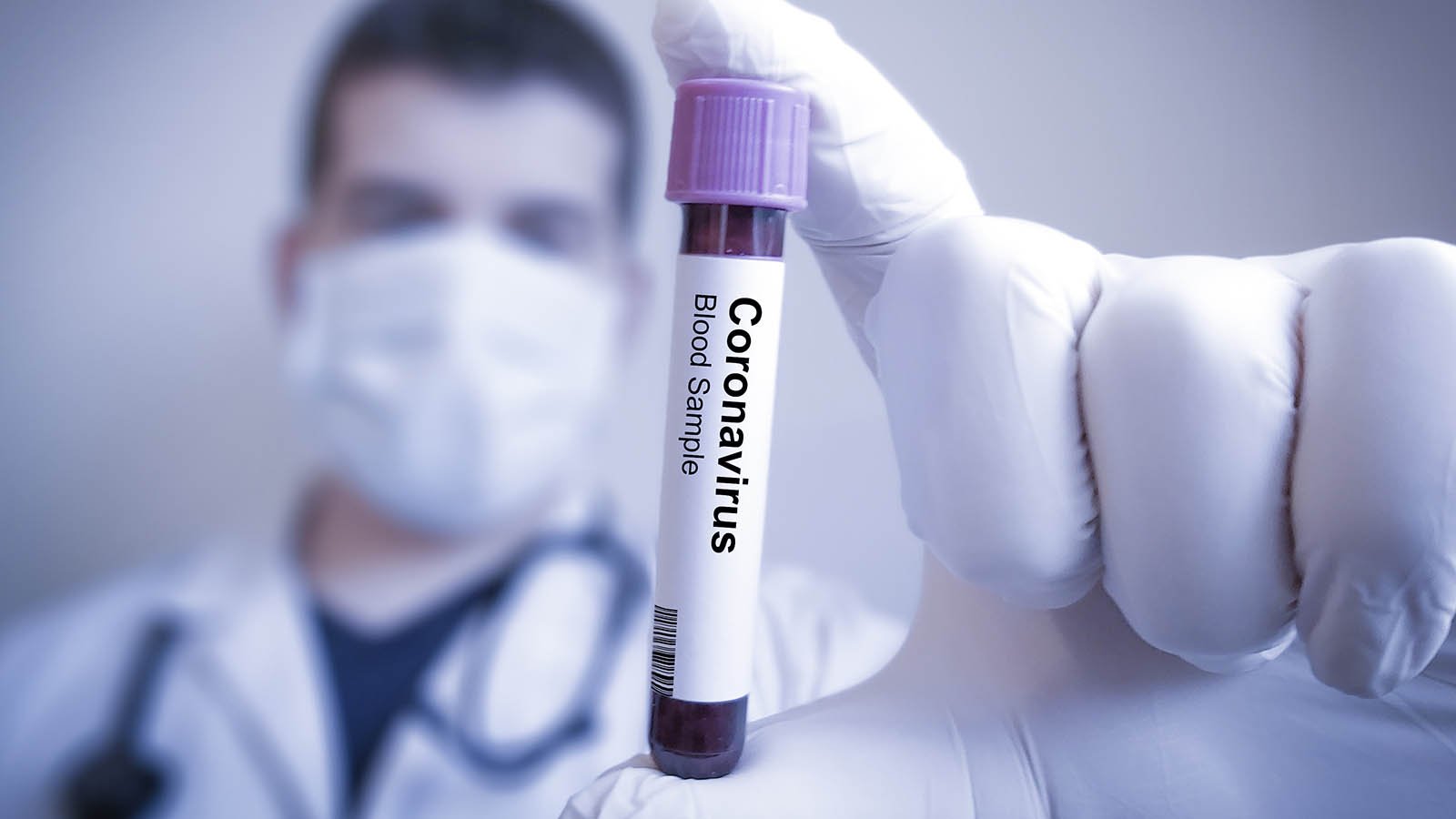Moderna (NASDAQ:MRNA) stock is getting ready for prime time. Its Covid-19 vaccine is nearing completion of its testing phase probably sometime in November. The Moderna stock, already up substantially, could take off then.

At that point, the company will apply for an emergency use authorization (EUA) with the Federal Drug Administration. CEO Stephane Bancel told The Wall Street Journal that could occur potentially sometime in December.
In fact, on Oct. 22, the company said it had completed enrollment for the Covid-19 vaccine. The FDA requires two months of safety surveillance on at least half of the participants in their trials before they can request an EUA. Since enrollment started over a month ago, the halfway mark will be in mid-November.
If the EUA is approved Moderna will start producing significant revenue. This will be a significant achievement which I believe holders of Moderna stock will not ignore.
Bumps In The Road
However, on Oct. 23 reports came to light on Statnews that the FDA was getting “cold feet” on issuing EUAs for Covid-19 vaccines. It might just allow “expanded access,” which is a more limited dissemination of the vaccine.
This came at the end of the day of an advisory panel discussion at the FDA on Oct. 22. The issue was the long-term assessment of safety and efficacy in ongoing trials.
However, the FDA on Oct. 22 just granted full approval for Veklury (remdesivir), an antiviral drug from Gilead Sciences (NASDAQ:GILD). Remdesivir had gotten an EUA in May and the company later used its studies to apply for full drug approval (now granted).
So, some are wondering if this is not just bureaucratic inertia or the instigation of a delay for the FDA to consider.
What Is at Stake for Moderna
Moderna reported its Q3 earnings this week, and it was a mixed bag — a net loss of 59 cents per share on revenue of $158 million. Analyst estimates are for a loss of 37 cents per share on revenue of $82.5 million. For the full year, Moderna is forecast to lose $1.46 per share on revenue of $309 million.
However, next year the company is forecast to have $2.68 in earnings per share (EPS) on revenue of $4.93 billion. Obviously, this assumes that the company will be producing and selling its mRNA-1273 Covid-19 vaccine, based on its unique RNA gene approach.
So far Moderna stock seems to believe that the EUA and full approval will go through. For example, right now it has a market capitalization of $26.4 billion.
Therefore, that puts the stock on a forward price-earnings (P/E) ratio of 19x next years’ earnings. However, vaccines can become something of a royalty to the owner. I doubt that this ratio really reflects the long-term use of the vaccine, including potential licenses with other drug companies.
For example, let’s assume Moderna charges $10 per vaccine and 1 billion people receive it for the next 10 years. That is a mostly cost-free royalty stream of $10 billion for 10 years, or $100 billion. Its present value is likely close to a third to a half of that amount, or $33 billion to $50 billion.
You can see that the $26.4 billion market value still undervalues that income stream. Granted, this is a simplification, but you get the point.
What To Do With Moderna Stock
So, here Moderna stock is “up on the rumor” of approval. And there is likely to be a “sell on the news” effect. For example, it has risen over 295% over the past year and 243% year-to-date.
But, as I have shown above, there is still a good deal of upside left for the stock. However, I believe that if the stock moves significantly higher from here most investors will want to take their profits.
The point is, although much of the upside is already in the stock price now, there is still a good deal left. It may take several years for this to occur. I don’t think most investors should expect that this stock will have the same trajectory as it has had in the past year.
In fact, it might be better to wait for the “sell on the news” effect to occur first before taking a position. That will allow interested investors to gain a bargain element in their purchase price.
On the date of publication, Mark R. Hake did not have (either directly or indirectly) any positions in any of the securities mentioned in this article.
Mark Hake runs the Total Yield Value Guide which you can review here.
